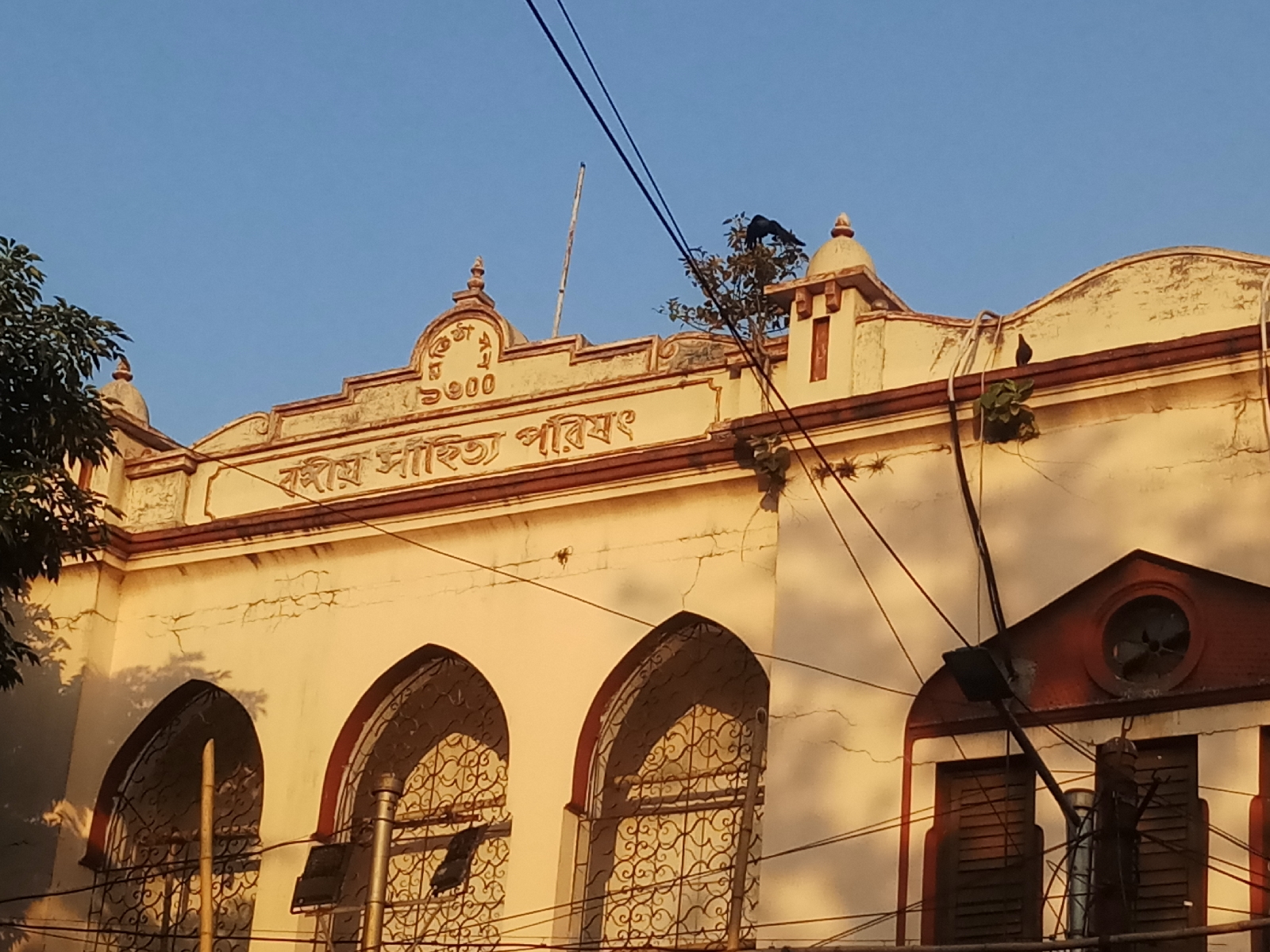Amar Kutir, Shantiniketan
- Amar Kutir (আমার কুটির) (meaning: my cottage in Bengali) was once a place of refuge for independence movement activists. Post-independence it was converted into a cooperative society for the promotion of arts and crafts by local artisans.
- It is located on the banks of the Kopai River, about 15 kilometres (9.3 mi) from Shantiniketan in Birbhum district.
- Amar Kutir was set up in 1927 by Sushen Mukherjee. Mukherjee had been associated with the revolutionary movement and was inspired to take up this venture after he met Gandhi at Shantiniketan in 1922.
- Sushen Mukherjee, was a follower of the Ramakrishna Vedanta Culture and ideology, a prolific traveller and an active participant of the freedom movement of India. He decided to set up a place where young revolutionaries could earn their living by engaging in activities such as sari printing, handloom and leather craft production.
- In 1930, Amar Kutir was raided by the British rulers and Mukherjee was put behind bars for political activities. This led to the temporary closure of Amar Kutir for seven years.
- Contrary to certain perceptions, Rabindranath Tagore never visited Amar Kutir nor extended any support.
- From 1938 many revolutionaries released from prison started living and working in Amar Kutir. They organized night classes and spreading Marxist ideas amongst the rural masses. Many of the revolutionaries left Amar Kutir and were directly involved in organizing peasant movement in the villages during the Second World War and the Quit India movement in 1942. Three freedom fighters died in police firing in a raid on Bolpur Railway Station conducted by thousands of people assembled by Amar Kutir.
- Amar Kutir Society for Rural Development was formally registered in 1978.
- After the demise of Sushen Mukherjee, his adopted sons Kamalaksha Bose and Alok Bose took up the organization. They ran it from 1955 to 1978/ 1980. Later the property was transfered to create an autonomous body known as Amar Kutir Society for Rural Development and gifted the property to this society.
- Local people bring their merchandises such as needle works, bamboo crafts, batik works, and leather handicrafts and sell them to the above society who in turn sell them to the tourists or export them to foreign countries.
- It also has batik, needlecraft and shola and lac crafts units. Under a Central government scheme, a craft development centre was opened in 1992 at Amar Kutir. In 1993, the Central government set up a hand-block printing training centre.
- The adjacent Khoai river, the large statue of Rabindranath Tagore and the floral bloom are aesthetic addition to the place. Amar Kutir not only has a glorious involvement in India’s freedom movement but continues to support local artisans and keeps indigenous art forms alive.
- Following are images from Amar Kutir museum which preserves artefacts and informations related to the ich legacy of the place.
References
https://en.wikipedia.org/wiki/Amar_Kutir



























Comments
Post a Comment